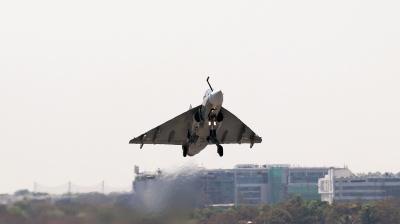Maths link to future locust dispersal
A mathematical model of locust swarms could help in the development of new strategies to control their devastating migration, according to British researchers.
A mathematical model of locust swarms could help in the development of new strategies to control their devastating migration, according to British researchers.
Mathematicians at the universities of Bath, Warwick, and Manchester analysed the movements of different group sizes of locusts that had been filmed by colleagues at the University of Adelaide. By studying the interactions between individual locusts they were able to create a mathematical model mimicking the pest’s collective behaviour. Locust plagues can cause havoc when they occur in Africa, the Middle East, Asia, and Australia. Flocks can quickly procreate until they are in the tens of millions, with each individual eating its weight in food every day, namely pastureland that livestock and other animals graze on.
In March 2013 in Madagascar, around half of the country was infested by swarms of locusts. The new research shows for the first time that locusts interact with several of their immediate neighbours when deciding the direction in which they march. The more locusts join the swarm, the less directional switching occurs, resulting in a more stable swarm.
According to co-author Dr Christian Yates, of the University of Bath, “they (the Adelaide researchers) took a ring-shaped arena... there was an area in the middle where the locusts couldn’t go and they put a wall round the outside. They put a few locusts into the arena, and they watched to see what these locusts would do.”
He added: “When you put five or six locusts into the arena like we have here they just march around randomly, they don’t really pay much attention to each other. But as soon as you put more locusts into the arena they all start to march together around the arena in the same direction, so either clockwise or anti-clockwise, and occasionally spontaneously, these locusts will all switch direction all at the same time and start to move in the other direction around the arena.”
While swarming, locusts usually move in the same direction as their immediate neighbours, but then spontaneously switch direction together as a group. This behaviour is replicated in other animal groups such as starlings and fish. Researchers also made a crucial finding regarding the ability of locusts to forcibly change the behaviour of others in the flock.
By creating a model that mimics the collective behaviour of the insects Yates believes it will be possible to develop new strategies of disrupting swarms.

















